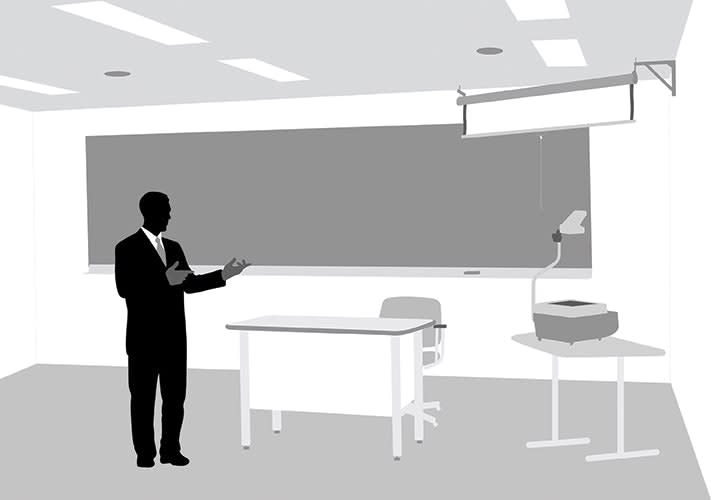The late 1980s to the early '90s was the great firearms transition era. During that time most agencies wanted to transition from revolvers to semi-autos. Today, the vast majority of American law enforcement officers carry semi-auto handguns. But the small wheel gun is still one of the more popular off-duty and back-up options.
Additionally, after the Columbine school massacre, the North Hollywood bank robbery, and the 9/11 terror attacks, agencies started to introduce the patrol rifle into the hands of primary responders. Back in the day, the only rifles in law enforcement were issued to SWAT, and the lonely but reliable pump-action shotgun was the only long gun street officers had. Today, several departments have transitioned some shotguns to less-lethal options, so now there is a selection of shoulder weapons. A few decades ago if you had told officers that soon they would be issued semi-auto pistols and carrying M4 carbines in their cars, they would have laughed. Now these weapons are the norm.
How we train with firearms today is really high technology compared to what we had in the good old days. I'm talking about the Motorola Teleprograms Inc. training films of "Shoot/Don't Shoot." My generation of officers recalls the clicking 8mm film projector in the back of the classroom during firearms training. You stood there with a revolver filled with blanks, and when or if you fired the instructor had to shut off the projector to critique you. Today, we have interactive simulators with countless options, views, and scenarios that let trainers instruct students more precisely and give students a more realistic training experience.
Force-on-force training, too, has evolved from the days when we pressed wax bullets into .38 casings. Training with wax bullets (globs) was extremely messy but it worked. Today, we have less-lethal training ammunition and weapons to take training to new heights.
I did speak of less-lethal, which is another transition story to tell. I was first issued a canister of Mace and later we transitioned to OC (oleoresin capsicum), which was more training fun. We also began to embrace less-lethal tools like bean bag rounds and ECDs (electronic control devices) to create more safe working distance and compliance of resisting subjects. It is difficult to estimate how many officers' and suspects' lives have been saved and serious injuries avoided since the adoption and deployment of these tools. While some critics and some media would not agree, ask any old retired coppers for their opinions. The old guys will reiterate that lives could have been saved and injuries could have been reduced back in their days if they had had these tools. Forty years ago many of us only had a straight baton or a leather sap. Now expandable batons and other less-lethal weapons are utilized, reducing the risks of yesteryear.











